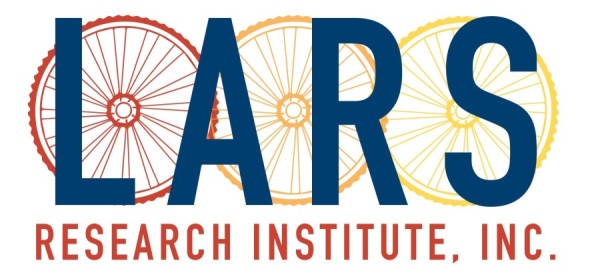Youth smokers increase their tobacco product use to include e-cigarettes
E-cigarettes, also called “vapes” or “hookah” are now front and center as a form of tobacco product use by youth. Many epidemiological studies reinforce the use of e-cigs is increasing rapidly and in one study, e-cigarettes led to marijuana use a year later (Unger et al., 2016). Recently, LARS completed secondary analyses of the 2014 National Youth Tobacco Survey, a nationally representative survey that uses a multi-stage cluster design with appropriate sampling (non-response and selection) weights to improve the precision of prevalence estimates. We applied “latent class analysis” a type of “clustering” technique to derive unique classes of youth based on their smoking patterns (N=4812). Interestingly, we obtained four clearly distinct classes of smokers including a low level user group (41.5%), a group characterized by only e-cig use (25.8%), a combustible smoker group that used primarily cigarettes (14.1%), and a heavy smoker group that engaged all forms of tobacco use (18.6%). We then predicted class membership from several “external” risk markers including nicotine dependence, quit attempts, perceived harm, media exposure, and perceived benefits of tobacco use. We also included dummy-coded measures of age, sex, and race. Interestingly, heavy smokers (compared to the low use group) were much more likely to report quit attempts and dependence and more likely to be older (9th-12th grade). Members of the e-cig only class were also more likely to report quit attempts and dependence as well as perceive “harm” associated with their tobacco product use and more likely to have seen media ads showing e-cigarettes. These patterns persisted for the combustible cigarette user group as well. Overall, the findings reinforce two important points: (1) not all smokers are the same with many different patterns or combinations of tobacco product use, and (2) the need to continue implementing evidence-based prevention practices and extend their reach to include e-cigarettes. This latter effort can include many of the current “media-based health promotion” messages that target youth as well as efforts to support cessation and reinforce the “harms” of e-cigarettes. More information on this study can be found in our eNEWS Issue #2, which can be found on the website www.larsri.org.
